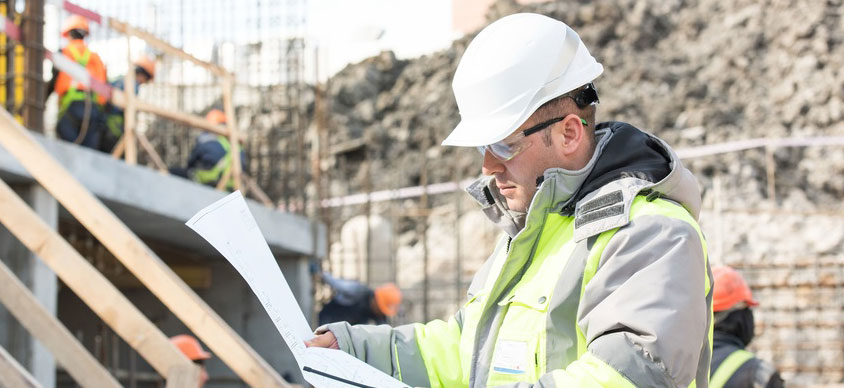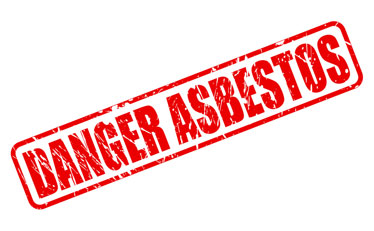hidden
We have over 20 years' of experience.

We have over 20 years' of experience.

Then please contact us, we would love to hear from and give any advice that you may need. The information you supply us will be kept in the strictest confidence and will not be passed on to any third parties
Read More
Asbestos, a once widely-used and highly-regarded material for its fire-resistant properties, has turned out to be a hidden menace due to its hazardous health effects. While much attention has been given to asbestos found in buildings, its presence in soil is a lesser-known concern that deserves equal scrutiny. Asbestos-contaminated soil poses potential health risks to both humans and the environment. This article explores the significance, process, and importance of asbestos testing in soil.
Asbestos fibres can become airborne when disturbed, leading to inhalation and subsequent health problems, including lung diseases such as asbestosis and mesothelioma. When asbestos-containing materials deteriorate over time, they release fibres that may find their way into the soil. Soil contamination can occur from various sources, including construction debris, improper waste disposal, and naturally occurring asbestos deposits. Asbestos-contaminated soil poses a risk to construction workers, residents, and anyone who comes in contact with the soil.
Asbestos testing in soil involves a series of meticulous steps to identify the presence and concentration of asbestos fibres. The process typically includes the following stages:
1. Sampling: Trained professionals collect soil samples from various locations, ensuring that representative samples are obtained from different areas of the site.
2. Preparation: The collected soil samples are properly prepared to extract asbestos fibres while eliminating any potential contaminants.
3. Analysis: The prepared samples undergo laboratory analysis, where specialized techniques, such as polarized light microscopy (PLM) or transmission electron microscopy (TEM), are used to identify and quantify asbestos fibres.
4. Interpretation: The results of the analysis indicate the type of asbestos present, its concentration, and whether it poses a risk to human health and the environment.
1. Health Protection: The primary concern is the protection of human health. If asbestos-contaminated soil is found in areas where construction or excavation is planned, testing helps prevent exposure to workers and nearby residents.
2. Regulatory Compliance: Many regions have regulations governing asbestos exposure and disposal. Soil testing ensures compliance with these regulations, preventing legal and environmental repercussions.
3. Site Development: For redevelopment projects, knowing the extent of soil contamination is crucial. Testing results guide decisions on soil remediation and project planning.
4. Environmental Impact: Asbestos fibres can leach into groundwater and impact local ecosystems. Testing helps prevent soil contamination from adversely affecting the environment.
If asbestos is detected in soil, appropriate mitigation and remediation strategies must be employed to minimise exposure and risks. Options include encapsulation, where a protective layer is applied over the contaminated soil, or excavation and disposal in designated facilities. Remediation measures are determined based on the extent of contamination, the site's planned use, and regulatory requirements.
Asbestos testing in soil is a vital component of ensuring human health, environmental safety, and regulatory compliance. While asbestos in soil might not be as visible as its presence in buildings, its potential impact on public health and the environment cannot be ignored. Timely testing, accurate analysis, and appropriate remediation measures are essential for preventing exposure and mitigating the risks associated with asbestos-contaminated soil.
Get in touch with us today. Call now on 0330 097 3369
If you believe or suspect that there maybe some asbestos in the building, then you need to ask the following questions:
